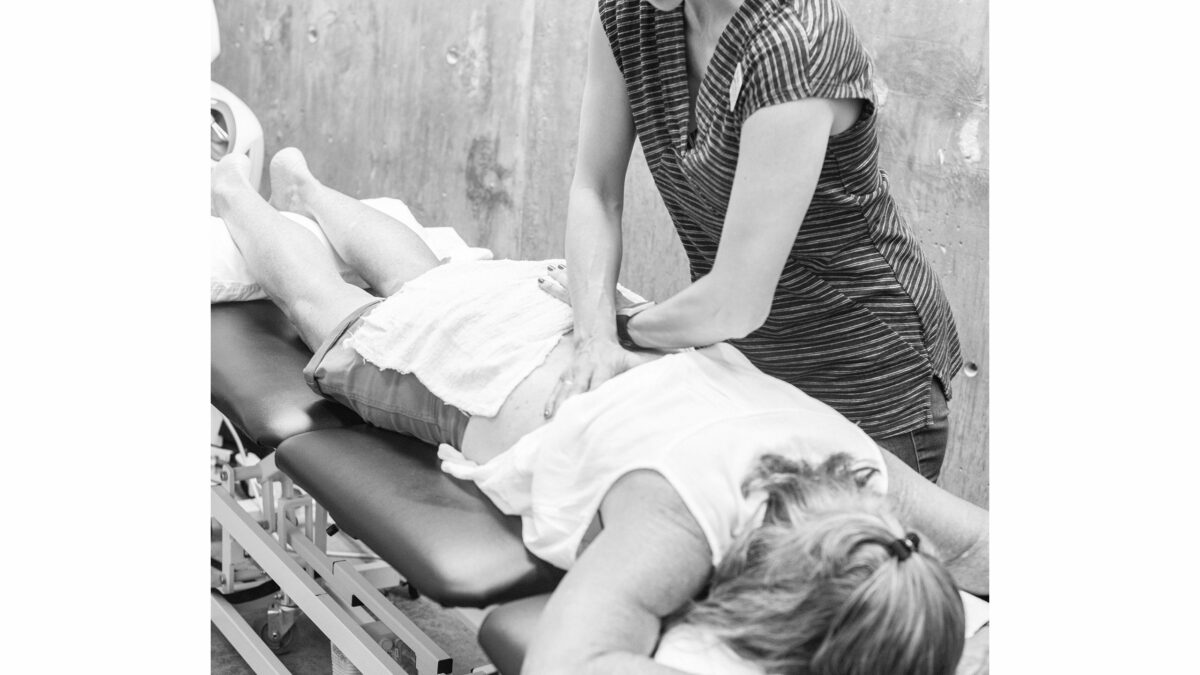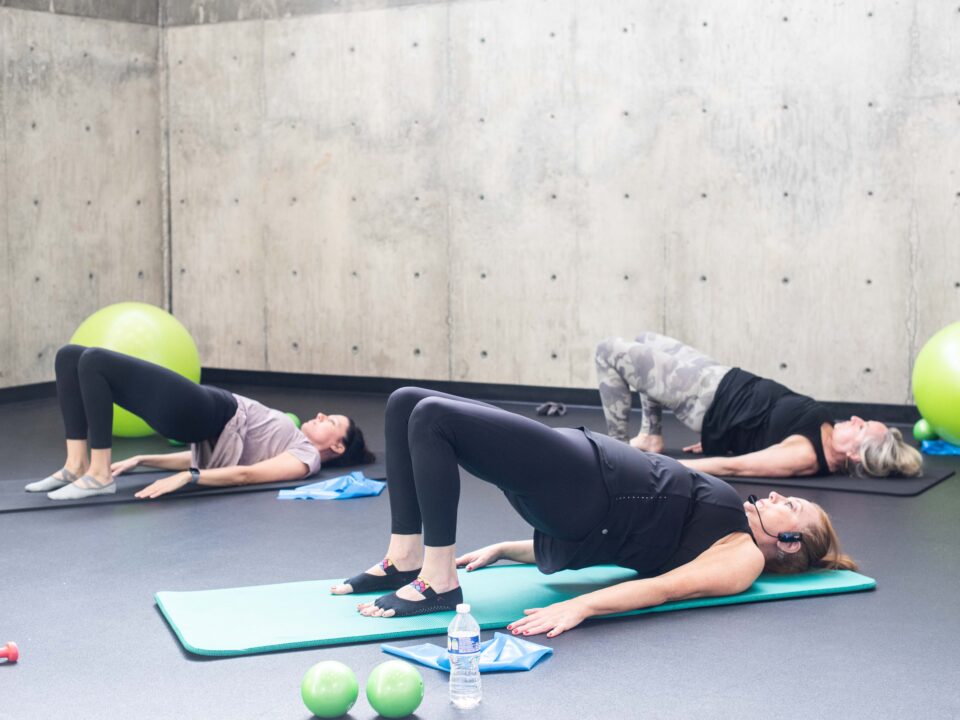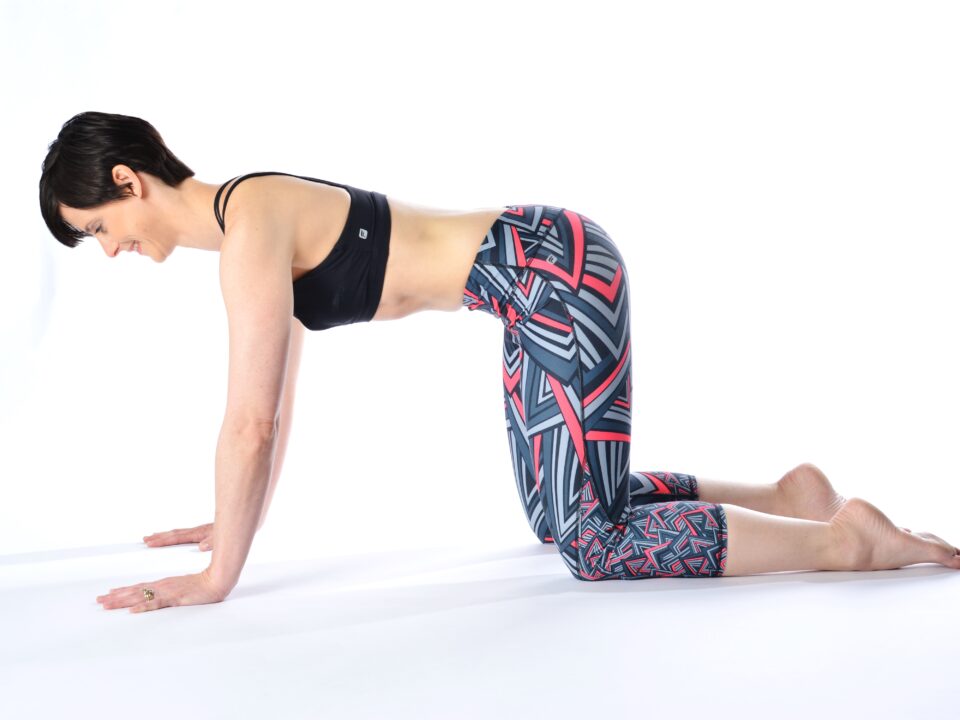- Mon - Fri
7.30 AM – 5.30 PM
Other hours upon request - 770-487-1931
What Is Joint Mobilization and How Is It Done in Physical Therapy?

Recovery from injury or surgery, as part of the physical therapy process, might require a certain amount of joint mobilization. It is often referred to as a manual therapy technique, which means it is applied by the therapist in a hands-on fashion. It is intended to help improve a joint’s function and range of motion while also reducing pain.
The spectrum of joint mobilization, as far as the speed and intensity with which a joint is addressed, ranges from 1 to 4 on a grading scale used by physical therapists. A grade of 5 is considered a joint manipulation and can be performed by a physical therapist but is more often done by a chiropractor.
“A mobilization is different in that we’re not using a high velocity thrust,” said Dr. Karyn Staples, PT, PhD, NCPT, of ProHealth Physical Therapy and Pilates Studio in Peachtree City. “We’re taking the joint through a range of motion. The whole purpose is to improve joint range of motion, or joint mobility.”
Low-grade oscillations, or movements back and forth at a regular speed, can provide relief for joints that are stiff. But joint mobilization should not cause pain, and an audible crack or other noise in the joint is not the goal, either.
Joint problems can spread throughout the body if not addressed. “For instance, if the hip is stiff, the force of walking may translate up into the lower back area, and now you’ve got movement forces going up into the lower back that it has to accommodate to that,” said Staples. “Because of that, you’ll have compensations, whether it’s change in posture or change in muscle function.”
Bottom line, a joint that is stiff does not perform its full function. The better everything can align, the better everything can function.
Joints can get stiff for a variety of reasons, such as lack of use. This is obvious after surgery, when the joint in question is weak or a patient is instructed not to move it.
Another diagnosis can be what is known as frozen shoulder, when the joint capsule has hardened or stiffened, restricting the joint’s ability to move. Joint mobilization can help improve circulation and get it moving again.
“The shoulder, the spine and the hip are going to be your most common areas, along with the ankle,” said Staples. “The shoulder’s probably number one. In a sense, it’s easier physically on the therapist than a hip just because you are maneuvering arms, which are lighter than legs.”
But it is all part of an overall treatment plan. Muscles and other connective tissue are attached and therefore affected. That is why a physical therapist’s evaluation should determine whether the joint itself is not moving or something else is limiting the joint.
“It is in the area of a physical therapist’s expertise to know whether it is muscles, tendons or something in the joint,” said Staples. “Once you figure out which it is, you can treat it correctly – by moving the joint, and then by giving the patient the right exercises to move it at home. You don’t want to lose whatever range of motion was gained in a therapy session. Continuing the movements at home helps the patient continue to move forward.”
A female patient in her 40s recently treated by Staples had issues with knee pain. There was a great deal of difficulty in squatting, which led to compensation through the back or hips and some strain on the knees. An evaluation determined that the stiffness was in the ankle due to an injury a few years earlier. The injury itself healed, but the stiffness remained and became more apparent when the patient increased her typical fitness routine, particularly during squats.
Staples used the initial assessment to see such things as movement mechanics, leg alignment, trunk alignment and body positioning. From there, the joint assessment confirmed the source of the problem.
“The hips and knees were moving just fine,” said Staples. “The ankle, not so much.”
Once the evaluation reached this point, the patient mentioned the old injury, which she had not given any thought since it healed. She had recently added weight training to her overall fitness regimen and enjoyed it, except for some added knee pain in her body.
“She went to an orthopedist who referred her for physical therapy for her knee,” said Staples. “But she really had pain only while doing squats. So we worked to solve the problem with the squat.” Once the restriction in the ankle was removed through a series of physical therapy sessions, the issue of knee pain was also resolved.
This is just one example of how a joint that is not in proper function can affect other parts of the body – and how a knowledgeable physical therapist can zero in on the problem and improve all of the affected body parts. The experts at ProHealth perform this kind of treatment every day.
ProHealth Physical Therapy and Pilates Studio is located at 1777 Georgian Park in Peachtree City. For more information or to book an appointment, phone 770-487-1931.




